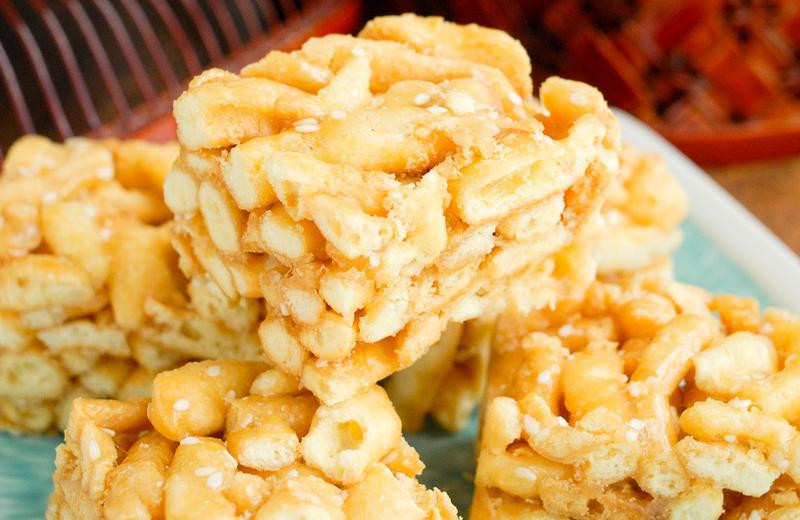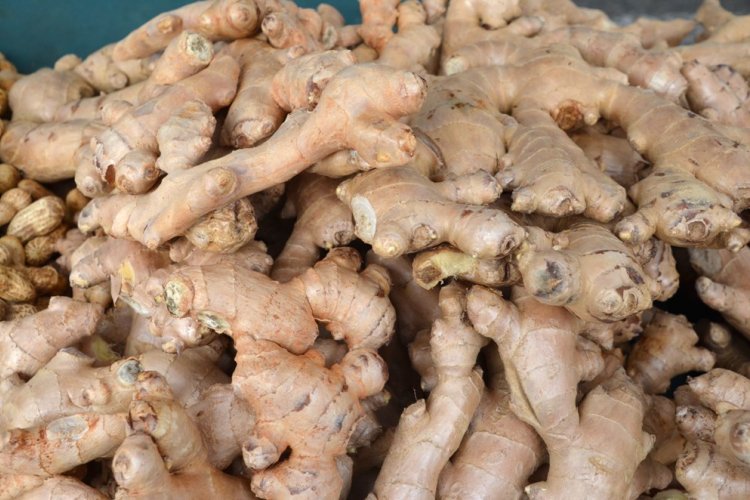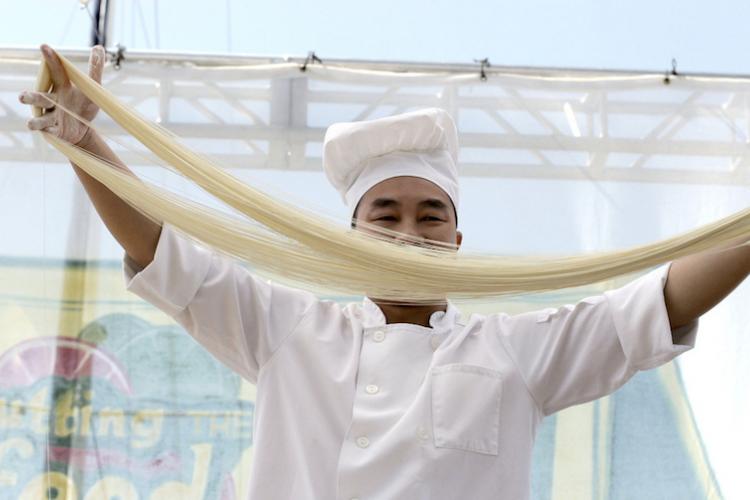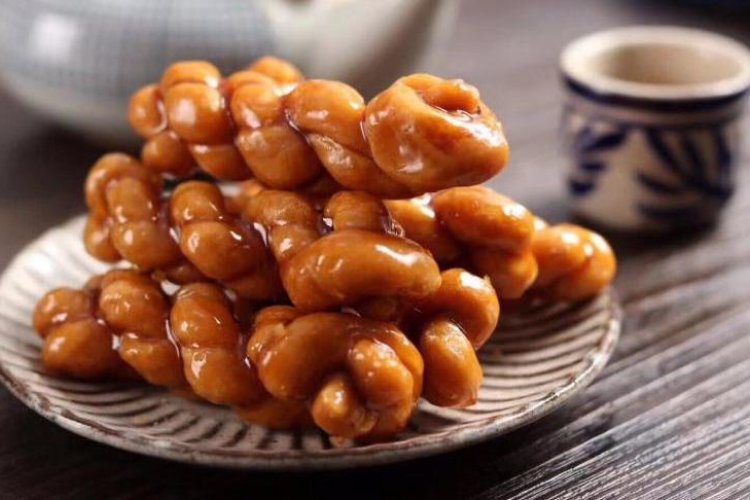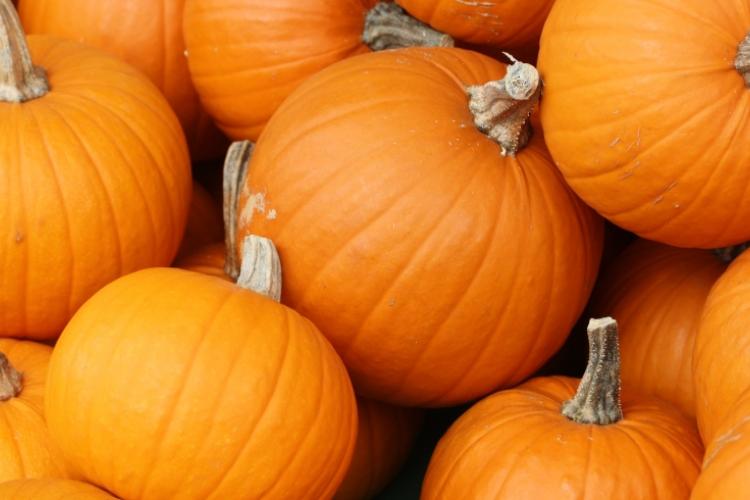Wokipedia: S is For...
In Wokipedia, we introduce aspects of Chinese gastronomy, one letter at a time. This time, 'S' gets the treatment.
… shāqímǎ 沙琪玛
Think of shaqima (often rendered in English as sachima) as the Chinese version of a Rice Krispie Treat, although made with threads of fluffy deep-fried batter instead of rice. This sugary snack appears in regional cuisines throughout China, from Manchuria to Guangdong, where it is often topped with sesame seeds, coconut or dried fruit. The most famous “brand name” shaqima come from Cantonese bakery Dynasty (皇朝 huángcháo), which has been selling the sweet treats since 1945.
… sea cucumber 海参 hǎishēn
Sea cucumber definitely falls into the “texture over taste” category of Chinese foods. The sea floor-dwelling creatures are considered a delicacy in Chinese cuisine since they are difficult to prepare, requiring multiple rounds of cleaning, boiling, and stewing to infuse them with the flavor of other ingredients. The Qing dynasty gastronomic manual, Menus from the Garden of Contentment, describes them thusly: “As an ingredient, sea cucumbers have little to no taste, are full of sand, and are remarkably fishy in smell.” We’ll just stick with a regular cucumber, thanks.
… shuǐzhǔ 水煮
Shuizhu is one of Sichuan’s most well-known cooking methods, literally translating as “water cooking.” To make the dish, slices of meat or fish are briefly poached in boiling water until they’re just cooked, before being drained and topped with dried chilies, Sichuan peppercorns, garlic, and other seasonings. Smoking hot vegetable oil is then poured over the dish to release the flavors and finish cooking the meat. Our favorite shuizhu dish in Beijing can be found at Transit, where it is taken up a notch with slices of tender sea bass, oyster mushrooms, and a flourish of Maldon sea salt.
… suānlàtāng 酸辣汤
Many would be surprised to learn that the gloopy, peppery incarnation of hot and sour soup served in Chinese restaurants in the US is, for once, not that far off the original. Both feature fragrant vinegar, white pepper, day lily bulbs, sliced wood ear mushrooms, bamboo shoots, and tofu as the main ingredients, the only difference being the inclusion of more cornstarch in the American version. With all that nose-clearing pepper, we find hot and sour soup to be a great cure for Beijing winter colds.
That's S sorted. Click here to see what you missed with R.
More stories by this author here.
Instagram: @gongbaobeijing
Twitter: @gongbaobeijing
Weibo: @宫保北京
Photo: xinshipu.com

